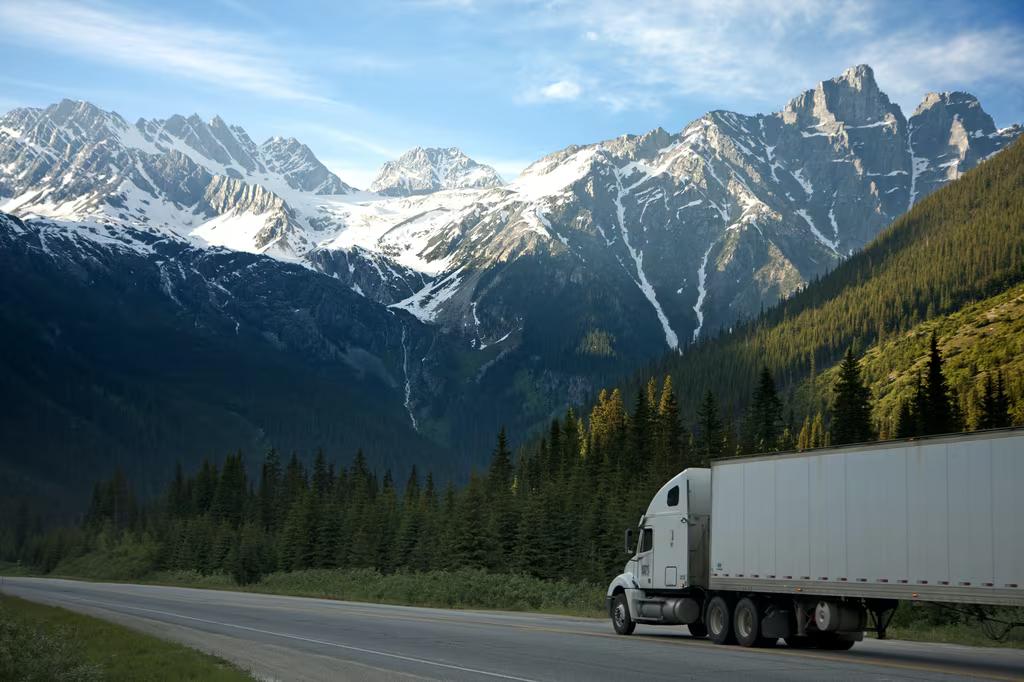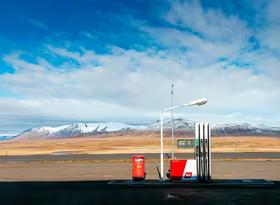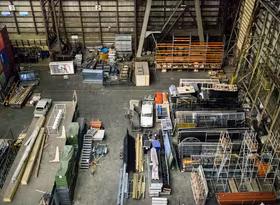
Trio of challenges for transport
The transport industry has faced many pandemic-related disruptions over the last couple of years, but things appear to be slowly getting back on track. However, there are three looming economic challenges for the industry: low business and consumer confidence; significant policy changes; and rising costs.
Transport industry nears full strength
Like many industries in New Zealand, business has been difficult in the transport, postal, and warehousing industry over the last two-and-a-half years. The industry has bounced back from the lows of mid-2020, as highly stimulatory fiscal and monetary policy drove higher levels of domestic transport activity.
Operating income back at pre-pandemic levels
Revenues in the transport industry bounced back from a COVID-19 contraction. Quarterly operating income totalled $8.4b in the first quarter of 2022, up 21% from March 2021. Operating profit totalled $1.9b in March 2022, up 40% from March 2021.
Commercial road transport makes post-COVID recovery
Commercial road transport registrations plummeted in 2020, as the pandemic slowed domestic transport activity significantly. From early 2021, spending levels were surging higher due to a combination of money saved during the first lockdown, lower interest rates, and sustained government stimulus. At this point, registrations lifted as households and businesses got busy spending their funds, increasing demand for transport services to deliver newly purchased goods.
Later in 2021, disruptions to global supply chains and rising commodity prices also contributed to the pick-up in vehicle registrations. The supply chain disruptions resulted in New Zealand firms keeping more stock on hand, which caused strong demand for warehousing services and storage space, along with transport to and from storage facilities. Goods exports also remained high as commodity prices rose, which supported freight movements across the country.
Three new challenges on the horizon
The transport industry had overcome most of the immediate local challenges posed by the pandemic by late 2021. However, New Zealand’s current economic environment holds three new risks for the industry.
Wallowing business and consumer confidence
Consumer confidence has edged up since the all-time low in March 2022 but remains incredibly pessimistic. Low consumer confidence usually indicates a decline in consumer spending is imminent. Households have a lot to be pessimistic about, with inflation at a 32-year high, and rising interest rates swiftly increasing the cost to service a mortgage. Ultimately, lower consumer spending will drive down demand for transport services, as fewer goods will need to be moved around the country.
Unsurprisingly, businesses also have little confidence in the economy, with July’s Quarterly Survey of Business Opinion (QSBO) from NZIER showing many businesses are worried about rising input costs, difficulties finding labour, and shrinking profit margins. These concerns may also lead to lower levels of business spending and investment, which could also lower demand for transport services.
Few EV alternatives for commercial vehicles
The Clean Car Discount had a clear effect on the share of hybrid and electric cars registered since March 2022, but the impact on commercial vehicles is negligible. The proportion of cars registered that are powered by petrol or diesel fell to 56% in July. By contrast, petrol or diesel-powered light commercials made up 99% of registrations in the same month, and the share of heavier commercials powered by petrol or diesel was also 99%.
The continuing high share of commercial registrations with internal combustion engines is not surprising, as there are few, if any, alternatives for many vehicle types – yet. The inability to transition away from internal combustion engines as quickly means that firms are now hit with an additional fee when registering vehicles, raising costs, and squeezing profit margins.
Cost pressures mounting
Employment figures released by Stats NZ last week show wages in the transport industry have grown like never before, with annual wage growth up to 6.9%pa in the June 2022 quarter.
Growing labour costs will put further pressure on profit margins, particularly when combined with increases in other input costs, such as vehicle registrations and fuel. New Zealand’s delayed border opening, compared to other countries, and limited visa processing capacity signal that labour costs are likely to continue to rise until at least late-2023.
Factory building and employment outlook could mitigate risks
The strong growth in domestic factory consents and building suggests that higher levels of domestic processing could be supported over the next few years, which should maintain underlying demand for transport and warehousing services for the next 12 to 24 months.
A strong labour market could delay or moderate the expected drop in consumer spending, with many households reporting good job security despite overall maintaining a very pessimistic outlook. People confidently in work could continue to spend, which should support demand for transport services.
The strength of factory construction and the labour market are positive signs for the industry, but it is clear that tough times are ahead, with falling consumer spending and higher costs, particularly for vehicle registrations and workers, outlining serious challenges for the transport industry in the near future.















